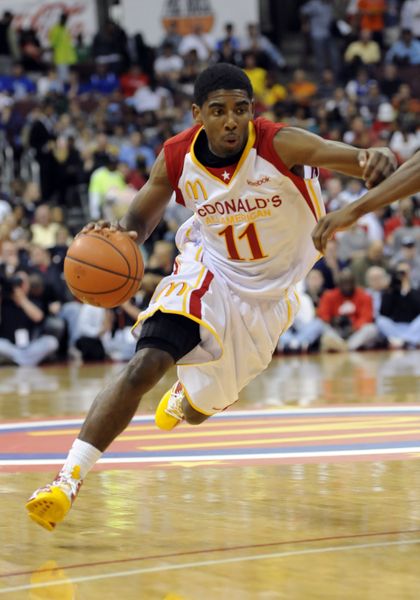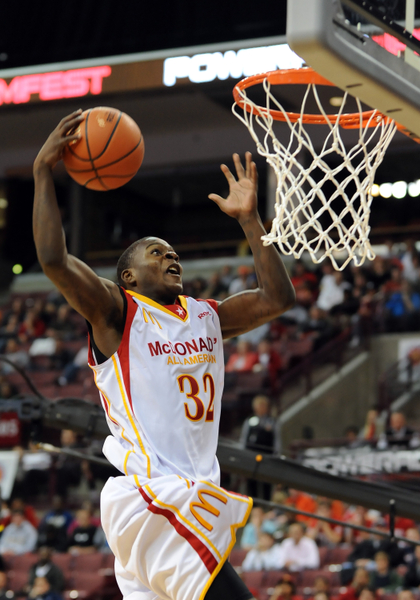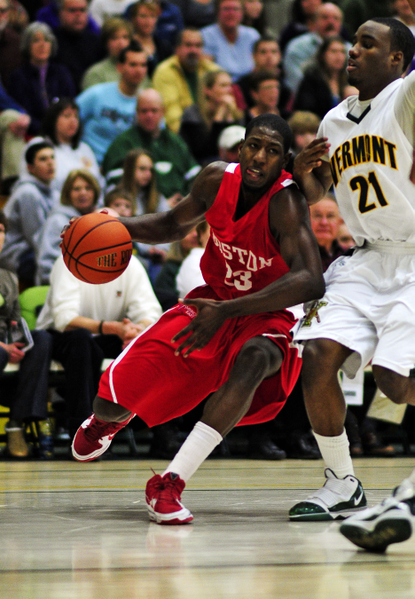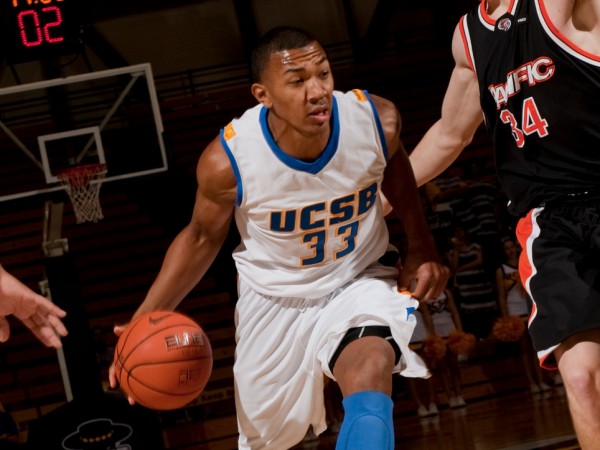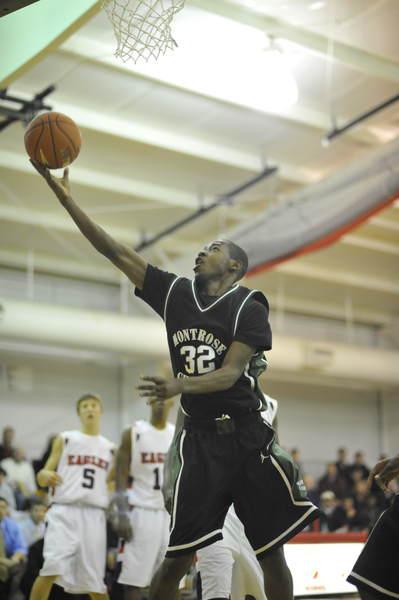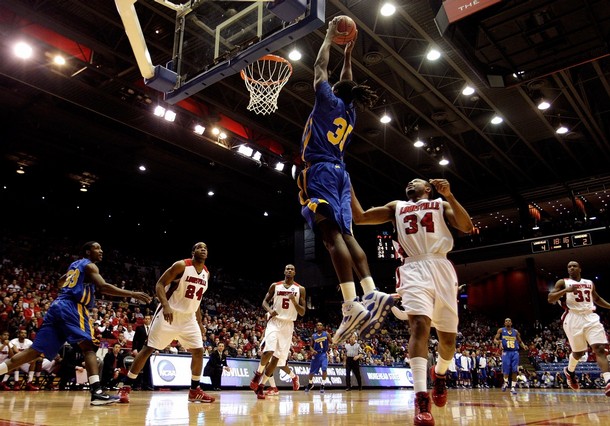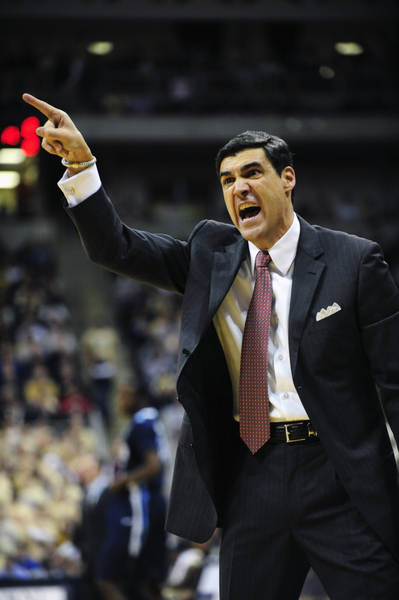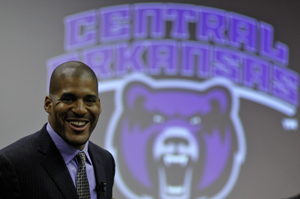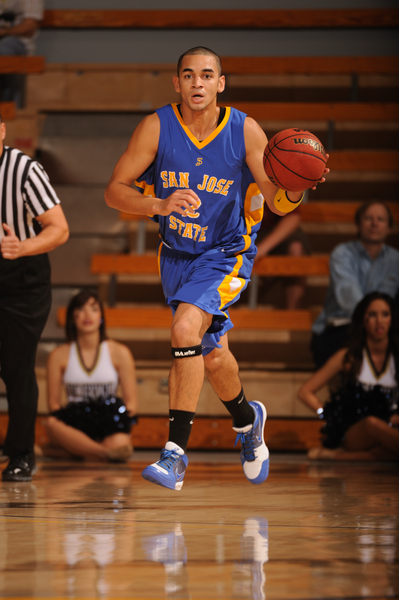Summer School in the CAA
Posted by Brian Goodman on September 8th, 2010
Alex Varone of College Basketball Daily is the RTC correspondent for the CAA and MAC.
Around the CAA
- In 2010, the Colonial Athletic Association represented itself well in March, sending a league-record six teams to the postseason. That group was led by league champion Old Dominion, who advanced to the NCAA Tournament’s round of 32 after upending Notre Dame. Both second-place Northeastern and third-place William & Mary fell in the first round of the NIT in a pair of close road losses at Connecticut and North Carolina, respectively. Fifth-place VCU swept Saint Louis in a best-of-three final to win the third annual CBI tournament, while seventh-place Hofstra fell in the CBI’s first round, and fourth-place George Mason lost its first game in the CIT.
- Two of the CAA’s twelve teams will be under the direction of a new coach in 2010-11. Tom Pecora left Hofstra after nine seasons to lead the rebuilding effort at Fordham. Replacing Pecora is not Tim Welsh, like it was originally intended, but rather Mo Cassara, a first-time head coach who spent the last four seasons under Al Skinner at Boston College. UNC-Wilmington also made a coaching change, “reassigning” four-year head coach Benny Moss within the athletic department. The Seahawks’ new head man is the well-traveled Buzz Peterson, who has already made stops at Appalachian State (twice), Tulsa, Tennessee, and Coastal Carolina.
- For the second consecutive year, a Virginia Commonwealth Ram was selected in the first round of the NBA Draft, this time being First Team All-CAA center Larry Sanders, who elected to forgo his senior season at VCU. Even with the loss of Sanders, the Colonial boasts a wealth of returning talent, especially at the guard spots. Two members of last year’s First Team are back, led by 2010 CAA Player of the Year and senior Charles Jenkins. Northeastern’s senior guard Chaisson Allen is also back, along with four seniors who made the 2010 Second Team: Delaware guard Jawan Carter, George Mason guard Cam Long, VCU guard Joey Rodriguez, and James Madison forward Denzel Bowles.
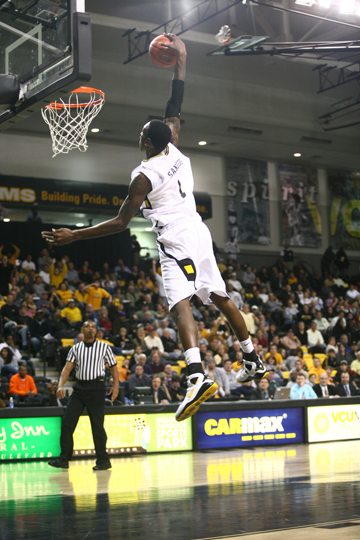
Larry Sanders brought the CAA a ton of pub last season, but skipped his senior season to go pro. (VCUAthletics.tv)
Power Rankings (last year’s overall and conference standings in brackets)
- Old Dominion [27-9 (15-3)] – The Monarchs look to make it back-to-back Colonial Athletic Association championships this season. Leading scorer and First Team All-CAA forward Gerald Lee is gone, but four starters from last year’s title team are back, led by 6’8 senior forward Frank Hassell (9.2 PPG, 6.7 RPG). Hassell anchors a frontline that will once again be Old Dominion’s strength, a luxury in a league that doesn’t feature much frontcourt depth. Teaming with Hassell are a pair of seniors: the versatile Ben Finney (8.8 PPG, 5.8 RPG) and Keyon Carter (7.4 PPG, 4.9 RPG). There are question marks about the guard play, but there are worse alternatives in this league than junior Kent Bazemore (8.4 PPG, 4.2 RPG), a defensive specialist, and senior Darius James (7.0 PPG). Head coach Blaine Taylor has done a great job in leading the Monarchs to seven straight winning seasons and six straight postseason appearances, and while a number of teams are capable of winning the Colonial this year, Old Dominion is once again the team to beat until someone knocks them off.
- VCU [27-9 (11-7)] – In year one of the post-Anthony Grant & Eric Maynor era, VCU won 27 games, second-most in school history, reached the postseason for the fourth consecutive year, and won the CBI tournament. Not bad for what was supposed to be a “transition year” at Virginia Commonwealth. This year, the Rams have to deal with the heavy loss of First Team All-CAA center Larry Sanders, who finished in the top five in the league in rebounding, blocked shots, and field goal percentage. The burden of some of that production will fall on the shoulders of 6’9 senior Jamie Skeen (8.1 PPG, 4.5 RPG), but expect the 2010-11 Rams to be a guard-oriented squad. Second Team All-CAA senior Joey Rodriguez is the top returning scorer (12.9 per game), but also led the CAA in assists (5.8 per game) and steals (1.9 per game). Seniors Brandon Rozzell (8.8 PPG), Ed Nixon (7.9 PPG), and wing Bradford Burgess (10.4 PPG, 5.1 RPG) should all see increased production this year. VCU was a bit unfortunate in close games last year, as all eight conference losses were by five points or fewer, including a four-point overtime loss to Old Dominion in the CAA Tournament semifinals. If a few of those close losses go the other way in Shaka Smart’s second year, VCU could very well be headed back to the NCAA Tournament.
- George Mason [17-15 (12-6)] – In 2010, George Mason showed flashes of being a league contender; a seven-game win streak last January left the Patriots with a 15-7 (10-1) record, but they lost eight of their last ten games, and subsequently bowed out in the CAA quarterfinals. But all five starters are back this season, led by senior guard Cam Long (12.2 PPG, 3.9 RPG, 3.1 APG, 1.3 SPG), a 2010 Second-Team All-CAA performer and 2011 Player of the Year candidate. Long will be complemented by a trio of juniors in forward Ryan Pearson (11.9 PPG, 6.4 RPG), guard Andre Cornelius (9.4 PPG), and forward Mike Morrison (8.5 PPG, 5.9 RPG, 1.6 BPG). If forward Luke Hancock (7.7 PPG, 3.5 RPG) and guard Sherrod Wright (5.5 PPG) can both blossom as sophomores, this could be one of Jim Larranaga‘s most talented teams and the most talented team in the CAA. As is, George Mason will likely be more consistent in 2011, and with that, the Patriots should be considered one of the favorites. Read the rest of this entry »






























